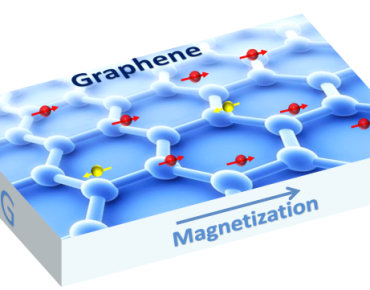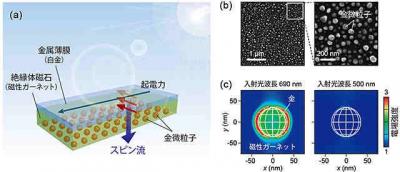EU's Graphene Flagship is looking for a partner company for spintronics research
The Graphene Flagship announced a â¬350,000 work package that explores the potential of graphene spintronics for future devices and applications. The GF is searching for a new partner company to support device development and commercialisation of graphene spintronics, by applying it in specific device architectures dedicated to commercially viable applications and determining the required figures of merits.
The project's budget is for the period 1 April 2016 â 31 March 2018, and includes devices which require optimized (long distance) spin transport, spin-based sensors, and new integrated two-dimensional spin valve architectures. The Graphene Flagship expects that at the start of the Horizon 2020 phase (April 2016), spin injection and spin transport in graphene and related materials will have been characterised and the resulting functional properties will have been understood and modeled.

